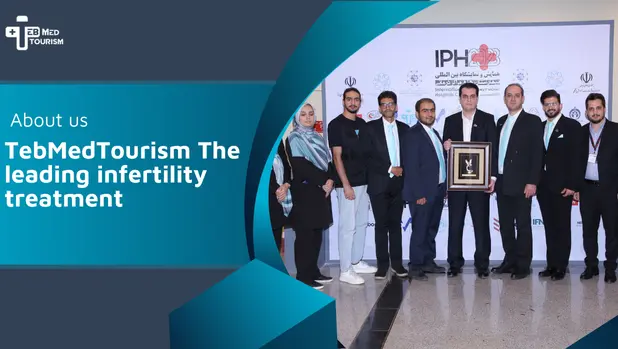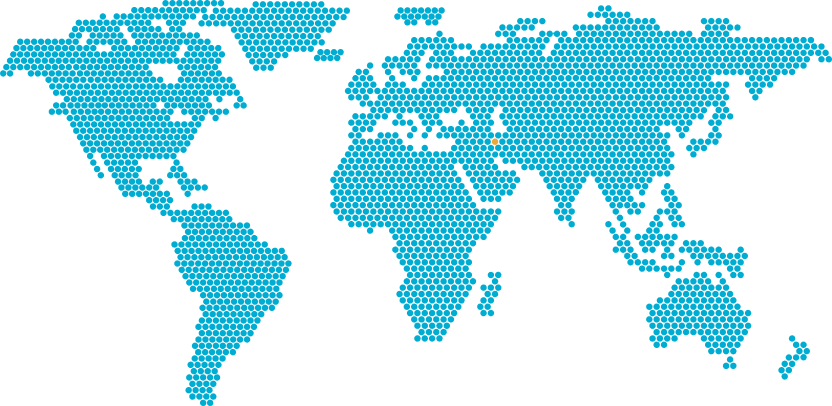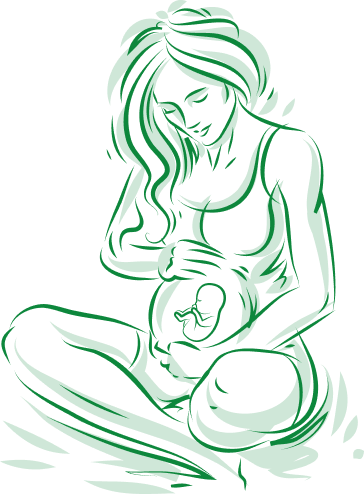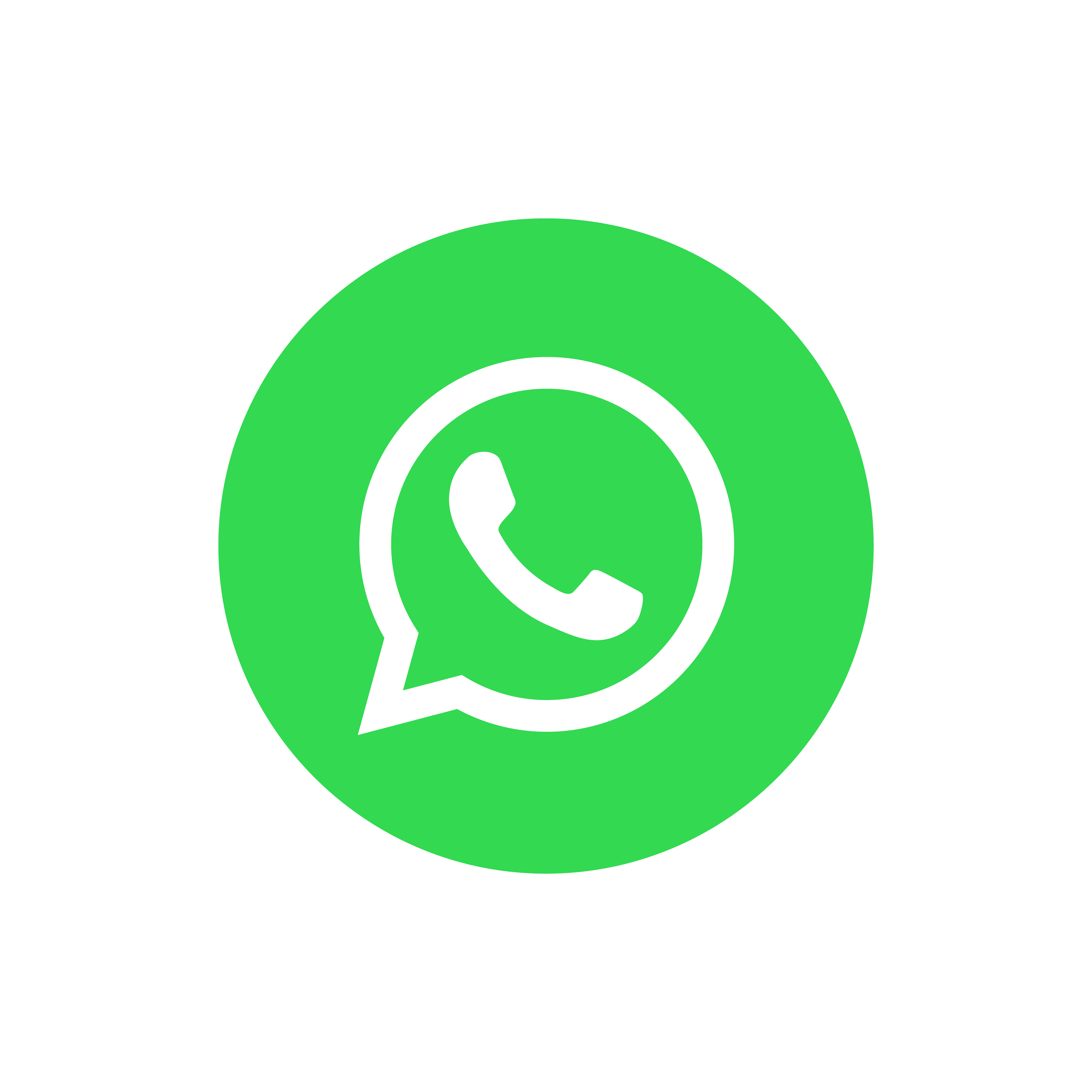At TebMedTourism, we understand that you deserve access to high quality medical care at an affordable price. That's why we're here to help you achieve your infertility treatment needs, from IVF to surrogacy and gender selection. Our journey with you begins with a free consultation, where you can discuss your needs and goals with one of our experienced doctors. professionals We'll work with you to create a personalized treatment plan that fits your budget and schedule. Read more ...

When we talk about infertility treatment in Iran, success rate, experience and broad range of services in this field is the main things. Because some infertility treatment centers in Iran have the success rate more than 60% in IVF, ICSI, surrogacy, and gender selection; With both fresh and frozen embryo transfer. It's important to point out that in Iran, all the mentioned technologies are legally allowed and considered valid for married couples. Iran stands out from other countries due to its well-equipped fertility clinics, experienced specialists, and relatively affordable costs. As a result, it has become the leading country in the world in this field. Beside quality of your infertility treatment procedure, it’s very important to note emotional respect. This depends a lot on whether you do your treatment in a country that excels in terms of culture and also has a relaxing atmosphere such as beautiful nature. Another one of the most important reasons why Iran is very popular among those in need of infertility treatment is this issue. Read more ...

Meet experienced experts: Our team of fertility experts will listen carefully to you and your medical history. They will answer your questions and provide personalized information about your fertility options. Discover personalized solutions: We offer a wide range of fertility treatments, including in vitro fertilization (IVF), intracytoplasmic sperm injection (ICSI) and surrogacy. During your consultation, we will discuss which options may be most appropriate for your unique situation. Navigate Cultural Considerations: We understand the cultural sensitivities surrounding infertility and family planning. Our team is experienced in working with patients from diverse backgrounds and ensures that your values are respected throughout the process. Improving decision-making: We believe in providing open information and fostering open communication. During your consultation, you will receive all the information you need about each treatment option, including success rates, costs and potential risks, so you can make informed decisions for your future Read more ...


If you are seeking medical treatment or touristic travel to Iran, ultimately you require a visa to travel. We are here to serve you in this regard by getting your visa authentication code which means visa approval. For fast-track visa issuance, fill in the form with your accurate personal information. Kindly review your completed visa application form and make sure all information is correct before submitting it. Please bear in mind that, as per our company policy, all your personal information will be kept strictly confidential.
